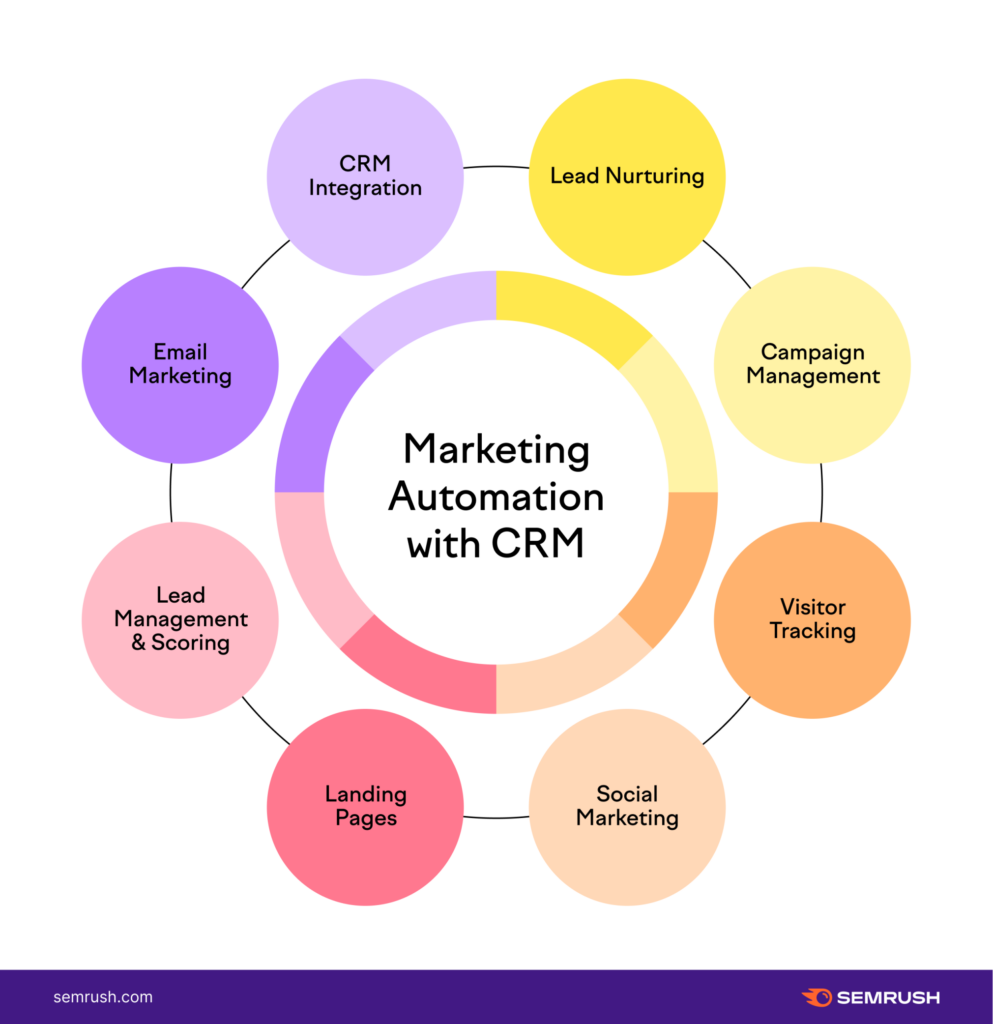
How to Streamline Your Sales Pipeline with CRM
A streamlined sales pipeline is essential for maximizing efficiency, improving productivity, and driving revenue growth. Customer Relationship Management (CRM) systems play a pivotal role in achieving this goal by providing tools and functionalities that help sales teams manage leads, track opportunities, and close deals more effectively. In this article, we’ll explore how you can leverage CRM to streamline your sales pipeline and achieve better results.
1. Centralize Your Data
One of the primary benefits of CRM is its ability to centralize customer and prospect data in one accessible location. By consolidating information such as contact details, communication history, and lead status within the CRM, your sales team can:
- Eliminate data silos and ensure everyone has access to the latest information.
- Avoid duplication and inconsistencies in data entry.
- Quickly retrieve relevant information during sales interactions, leading to more personalized and informed conversations.
2. Qualify Leads Effectively
CRM systems provide tools for lead qualification, enabling sales teams to prioritize their efforts on leads with the highest potential. With CRM, you can:
- Define lead scoring criteria based on factors such as demographics, behavior, and engagement level.
- Automatically assign scores to leads based on predefined criteria.
- Focus resources on leads that meet specific thresholds, increasing the likelihood of conversion.
3. Automate Routine Tasks
CRM automates repetitive tasks, allowing sales reps to focus on high-value activities such as prospecting and closing deals. Some automation capabilities include:
- Email automation: Schedule and send personalized email campaigns to nurture leads and follow up on opportunities.
- Task automation: Set up reminders and notifications for important tasks, ensuring timely follow-ups and next steps.
- Workflow automation: Automate sales processes such as lead routing, opportunity tracking, and contract management, improving efficiency and consistency.
4. Visualize Your Pipeline
Visualizing your sales pipeline is crucial for understanding the status of each opportunity and identifying potential bottlenecks. CRM systems offer visual pipeline views that allow you to:
- Track the progress of deals through different stages of the sales process.
- Identify opportunities that are stalled or at risk of falling through the cracks.
- Allocate resources and prioritize efforts based on the stage and value of each opportunity.
5. Implement Sales Analytics
CRM analytics provide insights into sales performance, trends, and opportunities for improvement. By leveraging analytics tools within your CRM, you can:
- Monitor key performance indicators (KPIs) such as win rate, average deal size, and sales cycle length.
- Identify patterns and trends in your sales data to inform strategic decision-making.
- Measure the effectiveness of your sales strategies and adjust tactics accordingly to optimize results.
6. Foster Collaboration
CRM facilitates collaboration and communication among team members, improving coordination and alignment across the sales organization. With CRM, you can:
- Share valuable insights and updates on leads and opportunities in real-time.
- Collaborate on sales strategies, tactics, and best practices.
- Assign tasks and responsibilities to team members and track progress towards common goals.
7. Enable Mobile Access
In today’s fast-paced business environment, sales reps need access to CRM data anytime, anywhere. Mobile CRM applications allow sales teams to:
- Access customer information, sales data, and pipeline updates on the go.
- Respond to leads, update opportunities, and track activities from mobile devices.
- Stay productive and engaged while working remotely or on the field, ensuring continuity in sales efforts.
8. Continuously Adapt and Improve
Finally, it’s essential to continuously monitor and refine your sales processes based on insights and feedback from CRM data. Regularly review your pipeline, analyze performance metrics, and:
- Identify areas for optimization and efficiency gains.
- Experiment with new strategies and tactics to drive better results.
- Solicit feedback from sales reps and stakeholders to identify challenges and opportunities for improvement.
Conclusion
Streamlining your sales pipeline with CRM is key to driving efficiency, productivity, and revenue growth. By centralizing data, qualifying leads effectively, automating routine tasks, visualizing the pipeline, implementing sales analytics, fostering collaboration, enabling mobile access, and continuously adapting and improving, you can optimize your sales processes and achieve better outcomes. Investing in a CRM system that aligns with your business objectives and sales goals is a strategic decision that can propel your organization forward in today’s competitive marketplace.